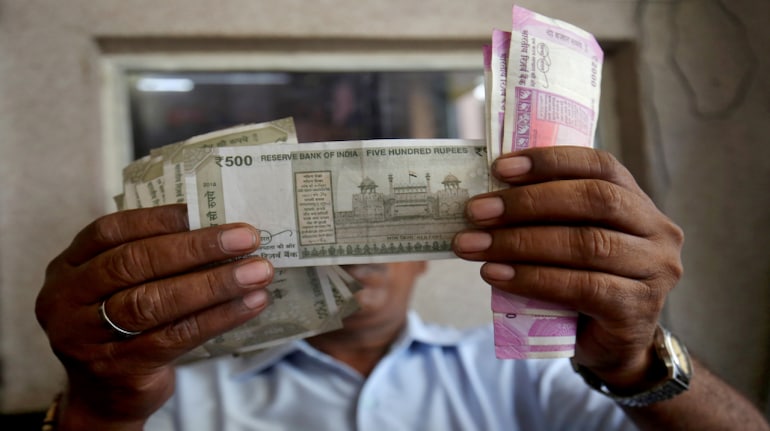



The Covid-19 pandemic has led to a significant decline in cash usage across countries, with digital payments driving the payment ecosystem. However, despite the uptick in digital transactions in India, cash still accounts for the lion’s share — almost 90 percent — of payment transactions in the country.
In 2020, about 89 percent of all transactions in India by volume were estimated to be cash-based, down from 100 percent in 2010, an October 2020 McKinsey report shows. Among emerging economies, India was second after Indonesia (96 percent), and ahead of Brazil (74 percent) and China (41 percent).
China reported the maximum change in reducing its cash usage, from 99 percent in 2010 to 41 percent in 2020. Mature economies such as Sweden, the Netherlands, South Korea, United Kingdom etc., too, have reported a significant drop in cash usage over the last decade.
The fear of contracting Covid-19 at crowded ATMs and at times the refusal of merchants to accept cash has pushed consumers toward electronic payment options, the McKinsey report said. ATM usage in India dropped by 47 percent in April 2020, during the nationwide lockdown, while the United Kingdom reported a 46 percent decline per month on average from March to July 2020.
The Reserve Bank of India’s annual report for 2019-20, released in August 2020, states: “Many economies, especially in the emerging world, where the virus has spread rapidly, experienced the phenomenon of rising cash in circulation.”
The rise in currency in circulation was “particularly sharp” in Brazil, Chile, India, Russia and Turkey and in advanced economies such as the US, Spain, Italy, Germany and France, the RBI report highlighted. The increase in currency in circulation was attributed to liquidity injecting measures by central banks.
Cash is still king
India’s currency in circulation had fallen in the initial months after demonetisation in November 2016, following which it has risen steadily to even surpass pre-demonetisation levels.
“Online or digital payments have been on the rise, especially after the spread of the Covid-19 pandemic in the country,” Sanjay Dhotre, Minister of State for Electronics and Information Technology, had said in the Lok Sabha on March 24, 2021.
Real-time payments have surged globally
India topped with 25.5 billion real-time payments transactions in 2020, according to the Prime Time For Real Time report by ACI Worldwide, a US-based company. India was followed by China (15.7 billion), South Korea (6 billion), Thailand (5.2 billion) and the UK (2.8 billion).
Since 2014, real-time payments in India have gained significant traction, the ACI Worldwide report added. “In 2016, the government demonetised 86 percent of the cash in circulation, compelling the shift to electronic payments and motivating citizens to open bank accounts. As a result, by 2017, 80 percent of Indian adults reported having a bank account, up from just 53 percent in 2014.”
With the onset of the pandemic, India saw a decline in real-time payment volumes from March through May 2020 — with April, amid the national lockdown, seeing the least activity. Volumes bounced back significantly in June 2020 to exceed February’s transaction volumes, the report highlights.
Further, massive year-over-year growth is forecast for the 2020-25 period with more than 60 billion transactions, driven by UPI, and attributed to mobile payments/overlay services. “The Covid-19 pandemic has, of course, had an impact, as concerns over handling cash have prompted a significant behaviour change in favour of digital payments,” the report said.
Discover the latest Business News, Sensex, and Nifty updates. Obtain Personal Finance insights, tax queries, and expert opinions on Moneycontrol or download the Moneycontrol App to stay updated!
Find the best of Al News in one place, specially curated for you every weekend.
Stay on top of the latest tech trends and biggest startup news.